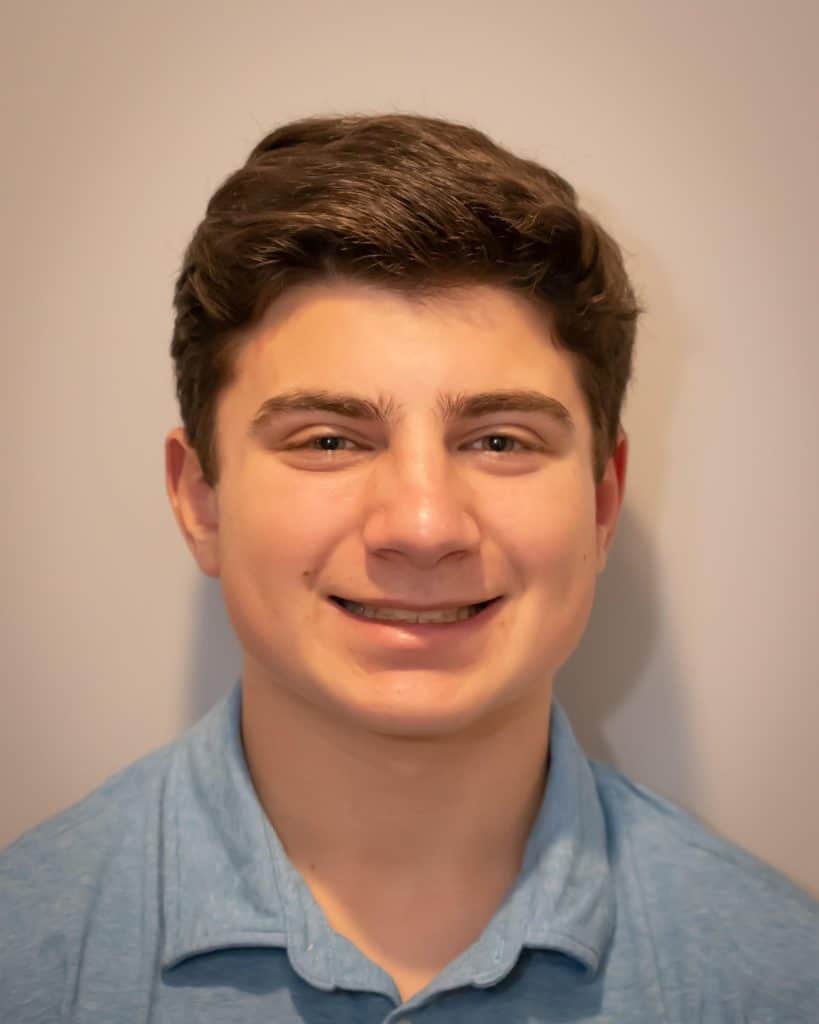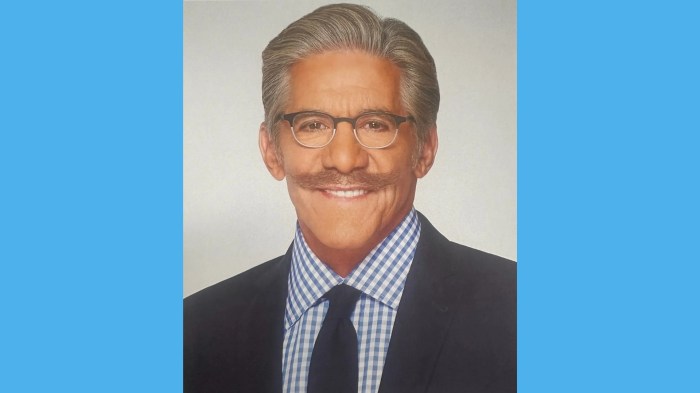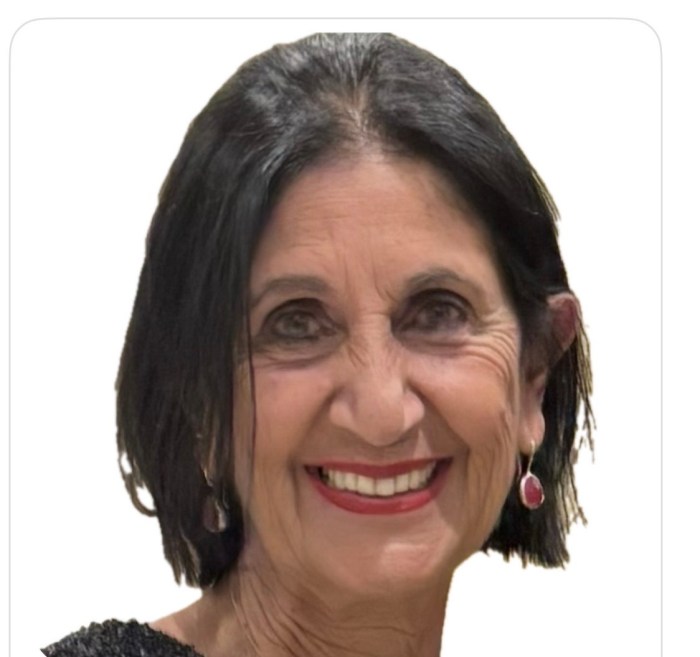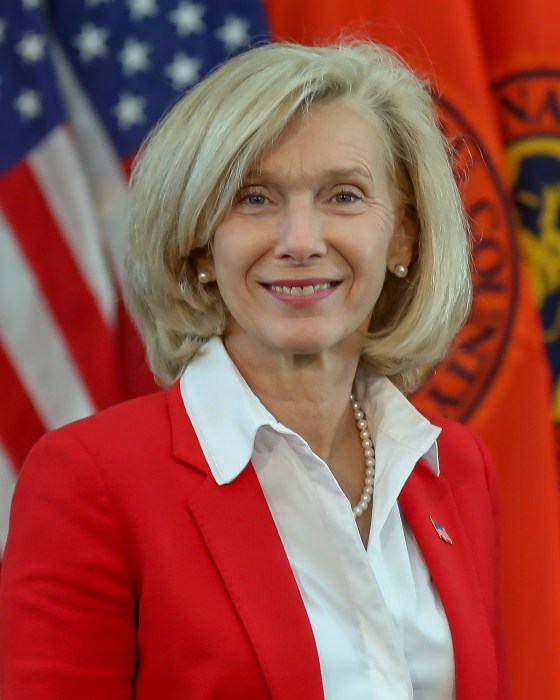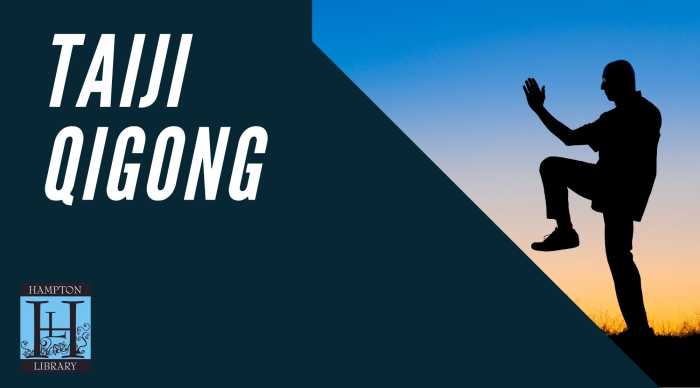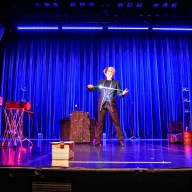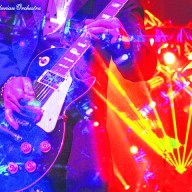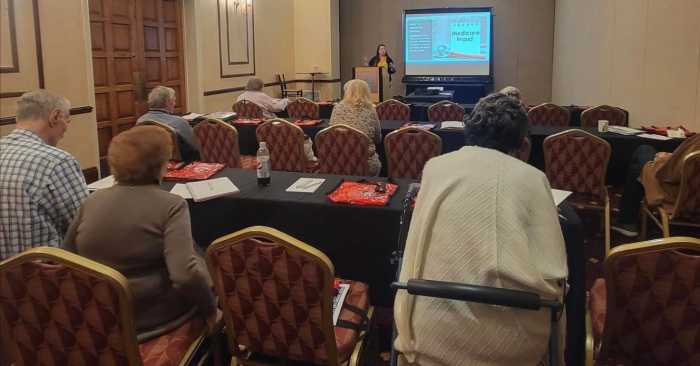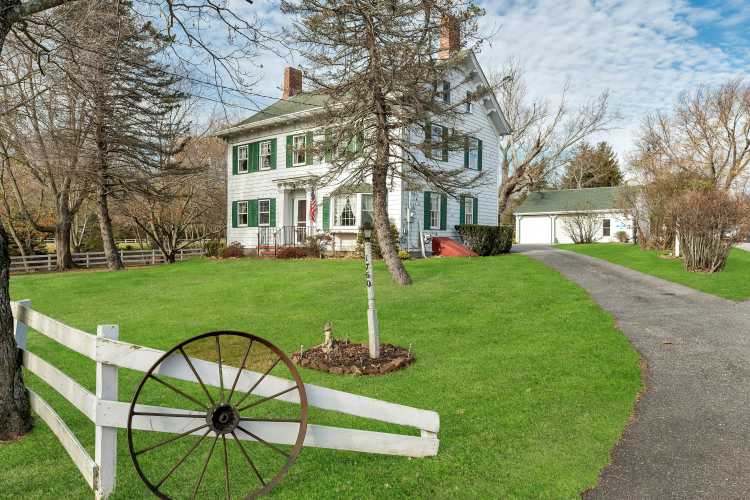By Lucas Milgrim
It was a normal Wednesday evening, March 11, and at about 7:30, I turned on ESPN to see what basketball games they were airing. I saw that there would not be any game on for a few hours, so I continued to watch their coverage of the NBA that night. About twenty minutes later, ESPN showed the world that a game between the Utah Jazz and the Oklahoma City Thunder had been mysteriously and abruptly postponed. Many fans knew that star Jazz center Rudy Gobert had been battling a sickness, but he had taken it lightly and did not believe it to be COVID-19. My phone began to blow up, with possible reasons for the cancellation of the game, and then, eventually, I saw an alert that Gobert had tested positive for COVID-19. NBA commissioner Adam Silver had to do something about this to keep the players, staff, and fans safe, and he had to do it fast. Silver later announced that the season would be suspended until further notice, and until we all knew more about this mysterious virus that was wreaking havoc on the world. The next day, my phone continued to be flooded by ESPN alerts, announcing that the NHL had done the same as the NBA, and the MLB would push back the start of its season. Sports fans around the world were devastated, but not surprised; everybody knew that COVID-19 would complicate each of these leagues, and all were left waiting for the “later date” of their eventual return.
After months of anticipation, sports fans finally heard some good news: the NHL had formulated a plan to return to play. When the world first found out about it, the details were not fully known, but if all went well, the hockey playoffs would begin in early August. Now we know much more about how the NHL will be returning. They announced a four-phased protocol, and the advancement of phases would have to be approved by players and owners before they occurred. The first phase was the pause of their season and self-quarantining. The second phase, which began in early June, allowed small groups of players to enter practice facilities to stay sharp. The next phase, which is slated to begin on July 10th, will be the start of training camps for the entire teams in their respective home cities. Then, the final phase will be the 24-team playoff in a “hub city”, to be played in Las Vegas. So far, the return plan has been running smoothly, but we will continue to watch closely as the return of hockey approaches.
A few days into June, the NBA and the NBA Players’ Association began negotiations for their return. After about a week of online meetings, it was decided that the NBA would follow a similar plan to the NHL: they would first open home facilities, then transport the players of the 22 playoff-contending teams to a “hub”, which will be DisneyWorld in Orlando, and then would resume their season. “Opening” night is set for July 31st, and as long as all continues to run smoothly, the current NBA season should end in the beginning of October, and the following season would begin in December, just two months later. However, there are many NBA players that will not be attending the Disney “bubble” due to various concerns. Some players, such as Kyrie Irving, Kevin Durant, and Bojan Bodganović will not attend because of injury, and they don’t want to rush the rehab process. Others, such as Deandre Jordan and Spencer Dinwiddie, will not be returning because they have tested positive for COVID-19, and are not allowed to attend. Finally, there are players that cite concerns of contracting the virus for themselves and eventually their families, and are not willing to take the risk to play basketball. Although not every star will be seen, the end of the NBA season is set to be a special one.
The MLB faced many more challenges than the other leagues in their planning for a variety of reasons. The first reason is that there are many more players in the MLB than in the other leagues, which makes a “bubble” situation much less attainable. The most prominent and most obvious challenge was the tense relations between players and owners. Because these two groups do not agree often, it took months of discussions, proposals, and counter proposals before there was a set plan. Players and owners argued over the season length, playoff formats, and mainly the prorating of salaries. The owners wanted a shorter season of about 80 games, with the players making only a small percentage of their salaries to make up for the money lost due to empty stadiums. Players wanted a season of about 115 games if they needed to give up that much of their salary. As these discussions were dragged on, the possibility of a season seemed less and less likely, until Commissioner Rob Manfred was forced to implement his own plan of 60 games, with the normal pay the players would get for 60 games of a season. Opening night will be July 23rd, if all goes well. However, many players are concerned for their safety and plan to sit out the season, such as David Price, Ryan Zimmerman, and Felix Hernandez. So far, the MLB players have only had a 1.2 percent positive COVID-19 test rate, but as the season progresses and players interact more on the field, that rate will most likely rise. Hopefully, it will not compromise the completion of this shortened season.
Our world has been changed dramatically due to the Coronavirus pandemic. Professional sports returning to empty stadiums and in isolated hubs is certainly a major change, for players, owners and fans. As these seasons begin, the sports world will have to watch and see how each league is affected by COVID-19, and hope to eventually be able to sit in a packed stadium, watching their favorite team play.
Lucas Milgrim is a Freshman at Schreiber High School who currently writes for the Schreiber Times sports section. He enjoys watching, playing, and writing about all sports, especially baseball.




